Navratri 2023 begin on Sunday, 15th October and ends on Monday, 23 October
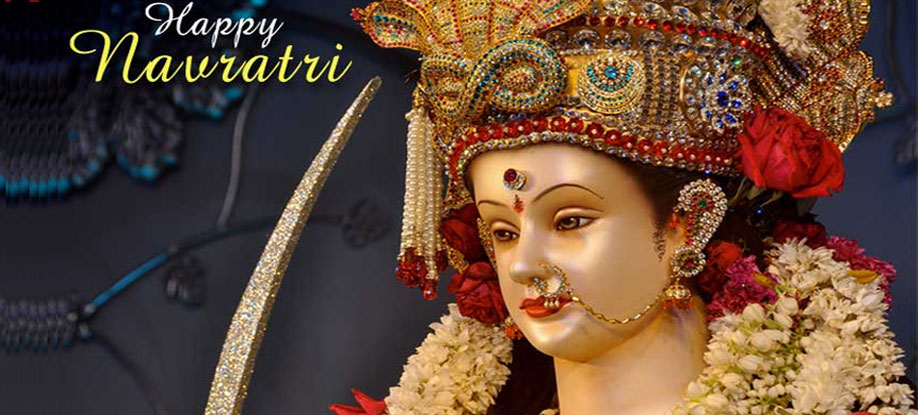
The Indian festival of Navratri has been derived from two words—"Nav" + "Ratri", which means "nine nights" in English. This festival is prevalent throughout India, but it is more prominent in the state of Gujarat and Bengal. Hindus celebrate this festival to express their devotion to the goddess of power, Durga. The worship of the goddess Durga continues for nine days. Each day, a different form of the goddess is worshiped. Following the nine days of rituals and worship, the 10th day is celebrated as Dussehra, which is also known as Vijay- Dashmi. It is celebrated to mark the victory of mythical King Lord Rama over the King of Sri Lanka, Ravana.
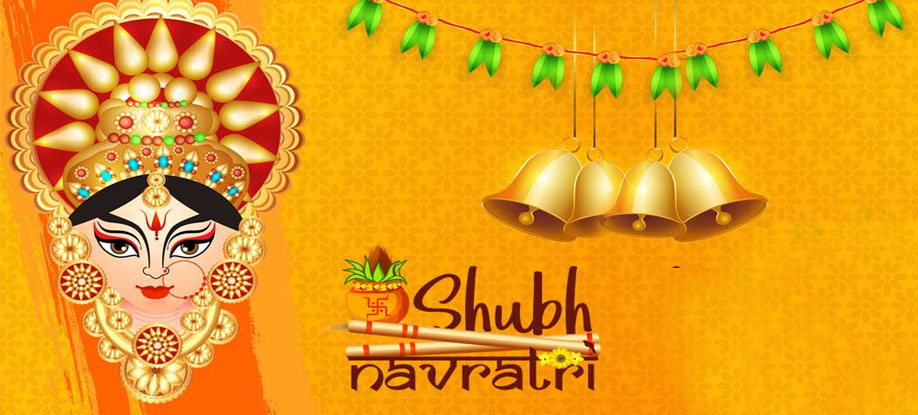
Navratri or the festival of nine nights is celebrated with full fervor and enthusiasm in the Indian subcontinent. The festival is celebrated with devotion for a period of 10 days in India. Though the festival is of nine nights the festivity gets stretched top the tenth day. It is on the tenth day on which the idol of Goddess Durga is immersed in the holy water after worshipping. Different forms of the goddess are worshipped for nine days to enhance the physical, spiritual and mental well-being. As per the Hindu calendar Navaratri occurs during the month of Ashvin in the early autumn.
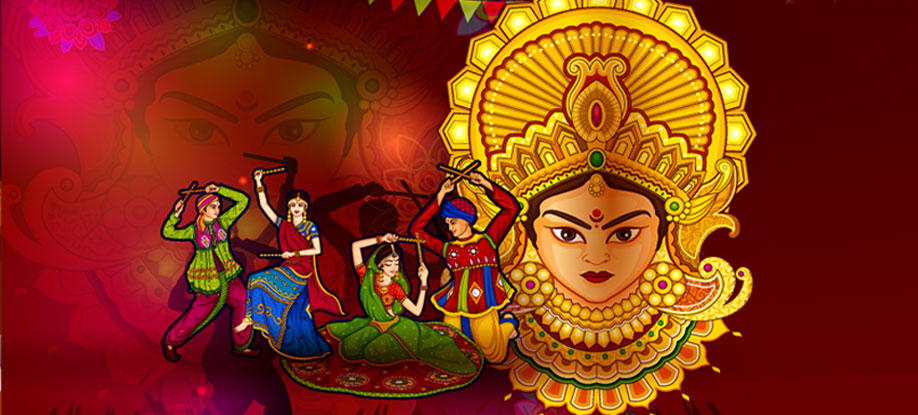
There are several stories related to Navratri but there are two stories which are the most prevalent ones.
Mahishasura, a demon worshipped Lord Shiva with full devotion. The lord got so impressed by his great dedication that he gave him a boon to not get killed either by man or by God. After getting a boon of eternity Mahishasura became proud and arrogant. He unleashed a reign of terror everywhere and created problems for everybody. He didn't stop there and further initiated an attack on heaven which now scared the Gods too. Several Gods assembled and tried to fetch a remedy to get rid of nuisance of Mahishasura. Finally, a solution was obtained by creating a new Goddess by amalgamating the powers of all the male Gods. Mahishasura kept hiding and disguising himself for nearly 8 days but it was on 9th day that Maa Durga was able to find him and slew his head.
Maa Durga represented the good and Mahishasura represented the evil. So, the killing of the demon Mahishasura is celebrated as the victory of Good over evil.
The other story associated with the festival is of Lord Rama and Ravana. Lord Rama was a worshipper of Devi Bhagwati, the supreme power. He worshipped her for nine consecutive nights to emerge victorious over Ravana in the Dharm Yuddh. On the ninth day, Lord Rama proved his devotion to the devi and it was on the tenth day he emerged victorious after killing Dashanan (Ravana). Since then different incarnations of Devi Bhagwati are worshipped and it is on the tenth day Vijaya Dashmi is celebrated.
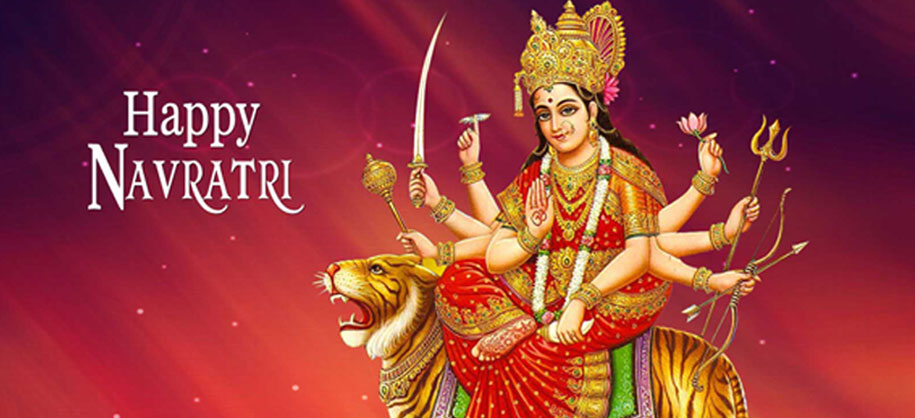
From north to south, west to east Navratri is celebrated all over India by different names.
In Eastern India and West Bengal, Navratri dominates the religious life of the people. In fact, Navratri is the most important festival for Bengali Hindus. All the streets and corners are decorated and pandals are being made for celebrating Durga Puja. The different incarnations of Goddess Durga are worshipped for nine days and on the tenth day a great procession is held wherein the statue is immersed in the holy river. At some places, people play with vermillion and distribute sweets and gifts.
In Gujarat, devotees observe fasts and worship different forms of Maa Durga for nine days. There are celebrations on a large scale starting from the last 5 days of Navratri. Garba is performed during Navratri with dandiya sticks and there is fun and frolic all around.
In Bihar, festive celebrations and performance arts are held at local temples. A great Navratri fair is arranged in Sitamarhi in Bihar. There are large displays of handicrafts, pottery, kitchen and houseware which attracts a large bunch of tourists.
In Delhi and Uttar Pradesh, Navratri celebrations are marked by Ramlila performances. Stage shows are held which are great, grand and spectacular. The Ramlila shows draw to close on Dashmi, i,e on the tenth day. It is on this day when the effigies of Ravana are burnt.
In other states of India including Punjab, Maharashtra, Kerala, Himachal Pradesh, Navratri is celebrated with full fervor and enthusiasm. Durga Pujas are arranged and people celebrate by performing various dance forms, making delicious cuisines, decorating their localities, and taking out processions of idols of gods and goddesses. Celebrations are held all over the country.
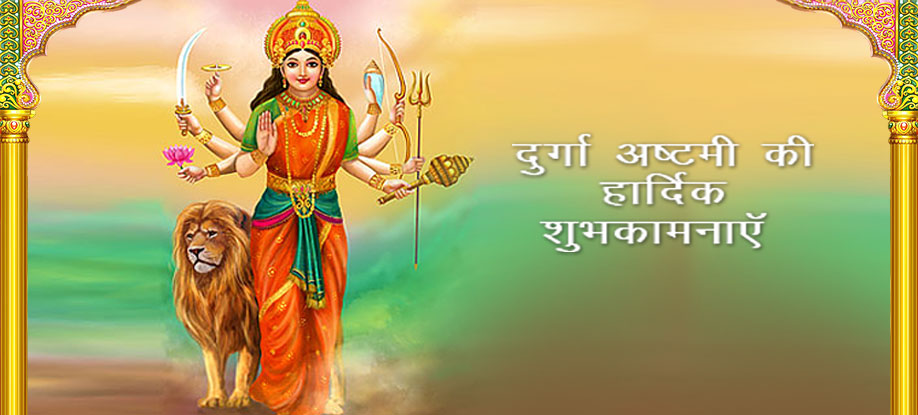
Among the several festivals in India, Navratri has great importance. The festival signifies the victory of good over the evil and is celebrated with full enthusiasm. The nine days of Navratri are one of the most religious days as people forbid all unlawful practices and perform religious ceremonies. The festival of Navratri symbolizes the journey of humanness to divinity. The aim of celebrating this festival is to remind people of the real goals of human life and also make them understand the value of doing good and condemning evil.
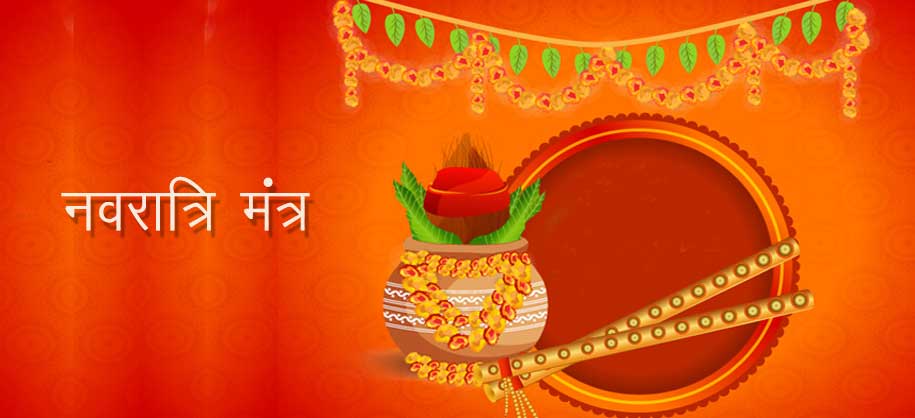
वन्दे वाञ्छितलाभाय चन्द्रार्धकृतशेखराम्। वृषारुढां शूलधरां शैलपुत्रीं यशस्विनीम्॥
Vande Vanchhit Laabhaay, Chandrardhkritshekharaam | Vrisharudham Shooldharaam Shailputriim Yashaswinim||
Meaning - I worship Goddess Shailputri to fulfill my wishes, who is adorned with crescent moon on her head, rides on a bull, carrying a trishul and is illustrious.
Shailputri is the first form of Maa Durga She is also known as Bhavani or Hemavati.. Maa Shailputri is wife to Lord Shiva and is known as Parvati. She took birth as the daughter of Lord Himalaya; due to which she is named as Shailputri - the daughter of mountains.
दधाना करपद्माभ्यामक्षमालाकमण्डलू। देवी प्रसीदतु मयि ब्रह्मचारिण्यनुत्तमा॥
Dadhaanaa Kar Padaabhyaamakshmala Kamandalu | Devi Prasidati Mayi Brahmcharinyanuttamaa.
Meaning - Which means, O Goddess Brahmcharini, who holds rosary and Kamandalu in her hands, please on me.
Goddess Parvati took birth at the home of Daksha Prajapati in the form of the great Sati. Her unmarried form is worshipped as Goddess Brahmacharini. whose name means "one who practices devout austerity." Shevanti, Hibiscus and lotus flowers are used to garland the Goddess. Goddess Brahmcharini holds a rosary in her right hand and kamandal in her left. She is always represented bare footed.
पिण्डज प्रवरारूढ़ा चण्डकोपास्त्रकैर्युता। प्रसीदम तनुते महयं चन्द्रघण्टेति विश्रुता।।
Pindaj Pravrarudha Chandkpasrkaryuta. Prasidam Tanute Mahyam Chandrghnteti Vishruta.
Chandraghanta Devi(3rd form of NavDurga) is called the Goddess of spiritual and internal power. She is the married form of Maa Parvati. Her name is derived from the chandra (half moon) in her forehead in the shape of a ghanta (bell). Chandraghanta has a golden bright complexion, and rides a lion. Like Durga, Chandraghanta has multiple limbs, usually 10, each holding a weapon, and three eyes. People who have unnecessary enemies and severe obstacles in life should worship the Goddess to set themselves free
वन्दे वांछित कामार्थे चंद्रार्घ्कृत शेखराम, सिंहरुढ़ा अष्टभुजा कुष्मांडा यशस्वनिम.
Vande Vance hit Kamarthe Chandrarghkrit Shekhram, Singhrudha Ashtbhuja Kushmanda Yashswini.
Goddess Kushmanda is the fourth form of the NavDurga is worshipped on the fourth day of Navratri. Ku means little, Ushma means energy and Anda means cosmic egg. It is said that she is as radiant as the sun and possesses healing powers. She can be seen riding a lioness and has eight hands. She has Kamandal, Dhanush, Bada and Kamal in the right hands and AmritKalash, Jap Mala, Gada and Chakra in the left hands
सिंहासनगता नित्यं पद्माश्रितकरद्वया. शुभदास्तु सदा देवी स्कन्दमाता यशस्विनी
Sinhasangata nityam padmashritkardvya, Shubhdastu sada Devi Skandmata Yashswini.
Maa SkandaMata is the fifth form of Maa Durga; it is said that when Maa Parvati gave birth to Skanda also Kartikeya, she came to be known as SkandaMata. She is regularly known as "The Goddess of Fire". She carries baby Skanda in her lap. Goddess Skandamata is seen with four hands. She carries lotus flowers in Her upper two hands. She holds baby Skanda in one of Her right hands and keeps the other right hand in Abhayamudra.
स्वर्णाआज्ञा चक्र स्थितां षष्टम दुर्गा त्रिनेत्राम्। वराभीत करां षगपदधरां कात्यायनसुतां भजामि॥
Swarnagya chakra sthitam shashtam Durga Trinetram. Varabhit Karam shadgpadmdharam katyayansutam Bhajami.
Maa Katyayani is the Sixth form of Maa Durga and derives her name from her father Katyayan Rishi; this is the angry form of Maa Durga. Goddess Katyayani is a form of Shakti who is depicted as having four arms, and carrying a sword. She rides a lion, and can be pleased with true devotion and piety. Maa Katyayani is worshipped on the sixth day of Navaratri. Katyayani is seen with wild hair and 18 arms, each clutching a weapon. Born in a fit of divine rage and anger, she emits a radiant light from her body from which darkness and evil cannot hide.
करालवंदना धोरां मुक्तकेशी चतुर्भुजाम्। कालरात्रिं करालिंका दिव्यां विद्युतमाला विभूषिताम॥
Karalvadnam ghoram muktkeshi chaturbhjam. Kaal Ratrim karalikaam divyam vidyutmala vibhushitam.
Maa Kaalratri is the seventh form of Maa Durga.Kaalratri is the furious form of Maa Durga.Goddess Kaalratri a four-armed deity who rides a donkey. She carries a sword, a trident and a noose. She is the fierce form of Durga, dark and She is considered to be the most ferocious avatar of NavDurga. She destroyed the dangerous demons Sumbha and Nisumbha. She possesses three eyes on her forehead. She carries sword and an iron hook in her left hands. Because of the powers she possesses, she is also referred as Goddess Shubhankari.
पूर्णन्दु निभां गौरी सोमचक्रस्थितां अष्टमं महागौरी त्रिनेत्राम्।
वराभीतिकरां त्रिशूल डमरूधरां महागौरी भजेम्॥
Purnandu nibam gauri somacakrasthitam ashtamam mahagauri trinetram
Varabhitikaraan trishul damrudharaan mahagauri bhajem
Maa MahaGauri is the 8th form of Maa Durga. Due to her extremely fair complexion, she was known as Goddess Mahagauri. Durga Asthami or the eight day of Navratris is dedicated to Goddess Mahagauri. Mahagauri wears white clothes, rides on a bull or a white elephant.. Mahagauri has four arms,holding a Trishul in one of her right hands and depicts the Abhayamudra with the other right hand. She carries a tambourine or Damaru in one left hand and kamandalu in her other left hand. According to Hindu mythology, Goddess Mahagauri has the power to fulfill all the desires of her devotees. has four arms.
स्वर्णावर्णा निर्वाणचक्रस्थितां नवम् दुर्गा त्रिनेत्राम्।शख, चक्र, गदा, पदम, धरां सिद्धीदात्री भजेम्॥
Swarnavarna Nirvanchakrsthitam Navam Durga Trinetram. Shankh , Gada , Padm Dharam Siddhi Datri Bhajamyaham.
Worshiped on the ninth day, Goddess Siddhidhatri name means "giver of supernatural power. She is projected as a four-armed deity sitting on a fully bloomed lotus or a lion She has four hands holding a discus, conch shell, trident and mace. This Goddess is also known as the other half of Lord Shiva who gave her power to him and came to be known as "Siddhi Datri".
1- Navratri is a celebration of Goddess Durga’s victory over the demon Mahishasura. A victory of good over evil.
2- During the nine nights, nine different forms or avatars of the Devi are worshipped
3- Mahishasura had the head of a buffalo. So buffalo is sacrificed during Navratri in many parts of the country.
4- In some parts of Western India, ladies plant nine different kinds of food grain seeds in small pots during the nine days of Navratri. The young saplings are then offered to the Goddess.
5- Another Hindu legend states that Navratri is celebrated to mark the nine-day long fight between Lord Ram and Ravana.
6- Garba and Dandiya are two traditional dance forms which is extremely popular during the Navratri festivities. Gujarat and Mumbai are especially known for their extravagant garba celebrations every night during the nine days festival of Navratri.
7- Navratri is celebrated five times a year, and it is always celebrated nine days at a time.
8- Shakti roop or feminine power is worshiped during the sacred time of Navratri . Different forms of Shakti are -Durga, Bhadrakali, Amba, Annapoorna Devi, Sarvamangala, Bhairavi, Chandika, Lalita, Bhavani and Mookambika.
9- The end of Navratri, or the tenth day, marks Dusshera.
10- The Durga Puja performed during Navratri is the biggest festival of the year in Bengal.
11- Many Hindus fast during the nine days, some eat just fruits and milk for all nine days while others eat only one meal a day. All Hindus remain strictly vegetarian during the festival period.